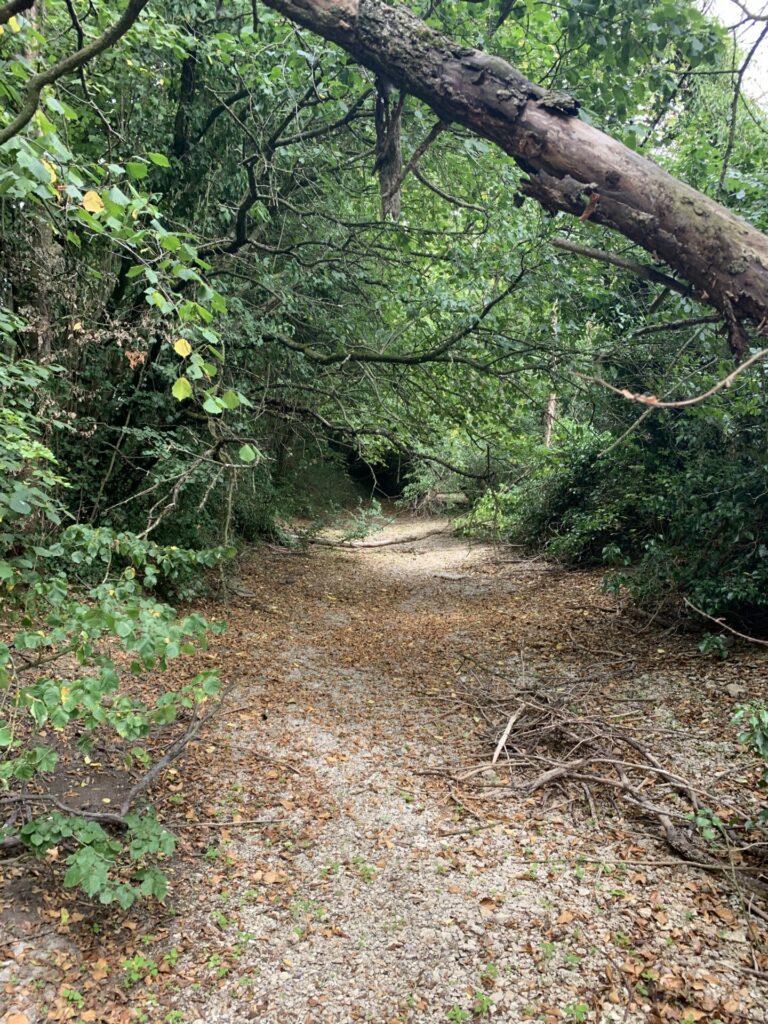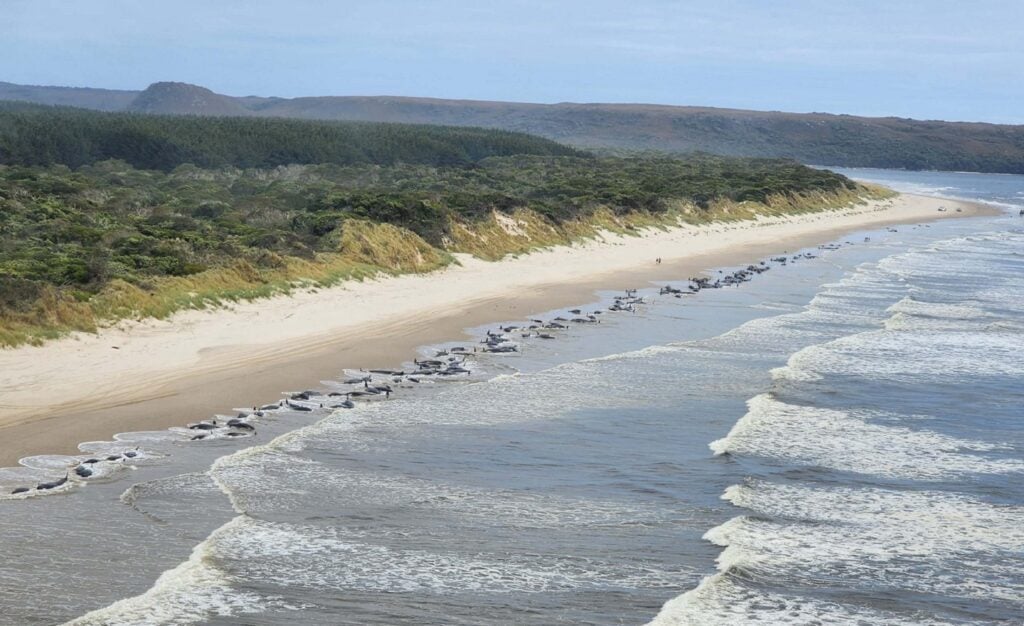The UK’s iconic River Thames is now five miles (8km) shorter after its source dried up for the first time amid a climate change-sparked heatwave and drought conditions in England.
Shocking pictures show that the source of the capital’s river – a spot in the picturesque Cotswolds – is completely dry, revealing a river bed that was once filled with water.
It’s now unclear when the river will flow fully again as the environmental charity Rivers Trust confirmed that the source of the Thames has shifted five miles downstream from Cirencester to Somerford Keynes, Gloucestershire, sparking fears of a drought in London.
The Met Office has warned there is none of the famous British rain on the horizon while another heatwave is predicted for next week. Statistics show that last month was the driest July on record for England since 1935.
‘Following the prolonged dry weather, the source of the Thames in Gloucestershire has dried up, with a weak flow now only just about discernible more than five miles downstream,’ Dr Rob Collins, director of policy and science at the trust, said.
‘The climate crisis is leading, and will lead, to more extreme weather including droughts and heatwaves. This poses a grave threat to rivers and, as a result, the wider landscape’
Rivers Trust
And British scientists are now warning that water shortages will increase in ‘frequency and severity’ across England as global warming and hotter temperatures increase evaporation, reducing surface water and drying out soils and vegetation.
According to Dr. Collins: ‘Under our changing climate we can anticipate the frequency and severity of such periods of drought and water scarcity to intensify with increasing competition for a dwindling resource and devastating impacts on aquatic life.’
He added that improved water supply management is a must so that ‘we can become more resilient to this changing climate, ensuring a sufficient future supply of water for both people and wildlife.’



The trust says the situation highlights the increase in extreme weather conditions across the UK. ‘What we’re seeing at the source of the iconic River Thames is sadly emblematic of the situation we’re facing across the country, now and in future,’ Christine Colvin, advocacy and engagement director, said.
‘Whilst it’s not uncommon for the source to be dry in the summer, to only be seeing the river flowing five miles downstream is unprecedented.
‘The climate crisis is leading, and will lead, to more extreme weather including droughts and heatwaves. This poses a grave threat to rivers and, as a result, the wider landscape.’
London recieves its water from the Thames and River Lee, as well as some groundwater below the city. It has seen no significant rainfall for weeks and Thames Water said demand has reached its highest levels in 25 years.
The lawns of Kew Gardens, home to the world’s largest plant collection, have turned yellow, Gardeners are carefully choosing how and when to irrigate thousands of species of plants and trees that attract more than a million visitors a year as a hose pipe ban is set to come into force across some of the country. And on Hampstead Heath staff have fenced off a number of trees to protect them against the risk of fire.
Declaring a drought in the capital is the responsibility of Thames Water Utilities which is responsible for London’s water supply. The company said it’s ready to implement water usage restrictions if the heat continues and has a ‘statutory drought plan’ in place, detailing actions it would take.
‘We know the water we have stored in our reservoirs will continue to reduce, so if we do not receive around or above average rainfall in the coming months this will increase pressure on our resources and may indeed result in the need for more water saving measures including restrictions,’ a spokesperson said.
The UK’s Met Office has warned of more extreme weather conditions in the coming weeks.
The hot spell is expected to peak this coming weekend with forecasters saying it will last longer than the one that hit much of the UK last month, although temperatures are not expected to reach the extreme highs of 40 degrees seen at that time.













